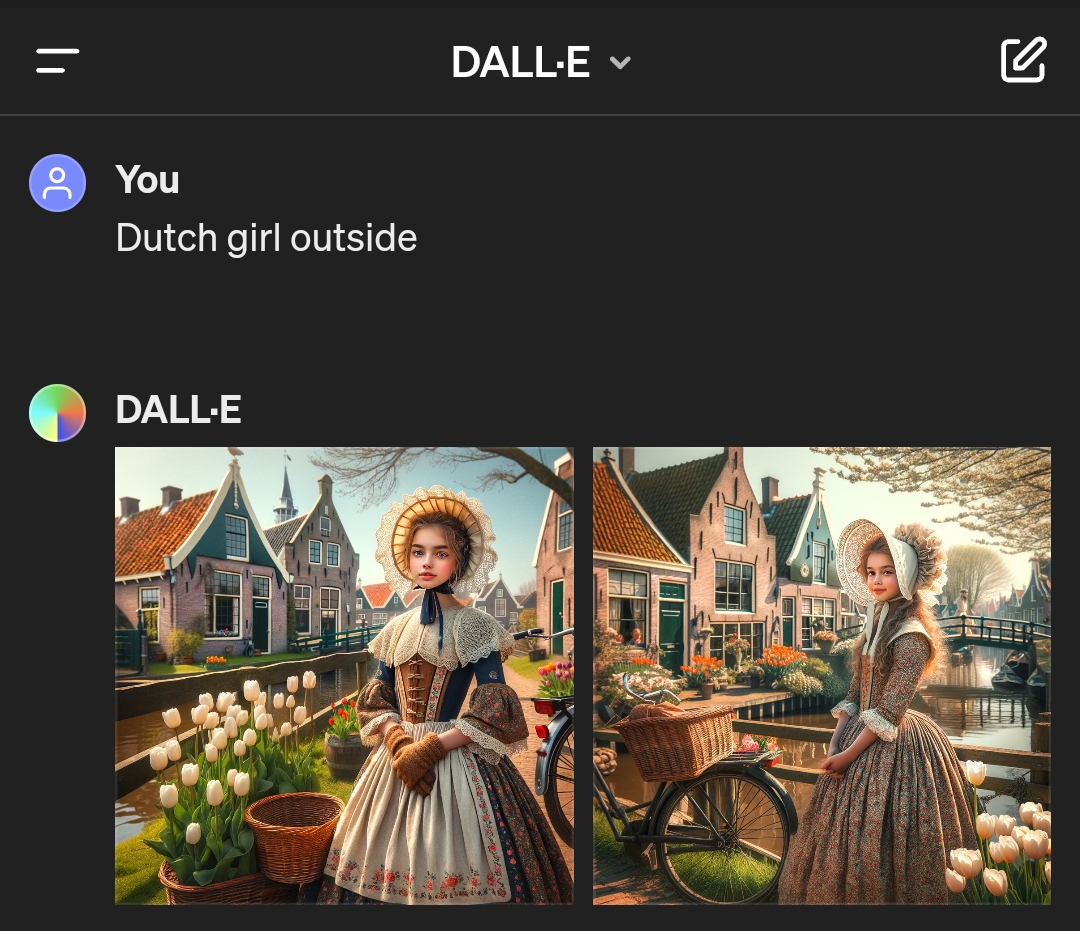What a surprise! A traditional outfit appears statistically significant to a large statistical model and shows more frequently. What a novel finding. I’m flabbergasted! What will be next? CEOs in jacket and tie? Dogs with fur? Why my 512x512 picture of a Inuit in a snowfield doesn’t portrait the subject wearing a bikini? Why can’t meta read my mind? WHY, MARK? WHHHHY?
A traditional outfit
How traditional? How statistically relevant is it? Most Indians i know do not wear turbans at all.
If these stats are trustworthy (and i think they are), the only Indians that wear turbans are Sikhs (1.7%) and Muslims (14.2%). I’d say 15.9% is not statistically significant.
Imagine a German man from Bavaria… You just thought of a man wearing Lederhosen and holding a beer, didn’t you? Would you be surprised if I told you that they usually don’t look like that outside of a festival?
I don’t picture real life people as though they were caricatures.
I think you’re looking at it wrong. The prompt is to make an image of someone who is recognizable as Indian. The turban is indicative clothing of that heritage and therefore will cause the subject to be more recognizable as Indian to someone else. The current rate at which Indian people wear turbans isn’t necessarily the correct statistic to look at.
What do you picture when you think, a guy from Texas? Are they wearing a hat? What kind? What percentage of Texans actually wear that specific hat that you might be thinking of?
A surprising number of Texans wear cowboy and trucker hats (both stereotypical). A surprising number of Indians don’t wear turbans since it’s by far a minority.
It’s a traditional outfit of sikhs, not indians. Pick up a book
Meanwhile on DALL-E…

Get down with the Sikhness
Kinda makes sense though. I’d expect images where it’s actually labelled as “an Indian person” to actually over represent people wearing this kind of clothing. An image of an Indian person doing something mundane in more generic clothing is probably more often than not going to be labelled as “a person doing X” rather than “An Indian person doing X”. Not sure why these authors are so surprised by this






